2018 2500 Diesel Sierra Making Funny Noise When Shut It Off
Whether you currently own a 6.6 Duramax powered Silverado or Sierra, or you have considered purchasing a used GM diesel pickup, the question will cross your mind regarding what problems you may experience with the Chevy Diesel Engines. All told, there are six different iterations of the Duramax diesel engine: LB7, LLY, LBZ, LMM, LML, and L5P spanning from 2001 to the present day. Each version of the engine has its own issues and quirks, and some are less problematic than others. Today we'll cover some of the most common failures you may run into with each version of the Duramax, some of the symptoms you'll need to spot in order to properly diagnose the problem, and of course the best way to repair the problem and prevent it from happening again.
This is by no means a comprehensive list of all the problems you may run into, so if you are stumped by your Duramax or just need a little more information to help make the best decision on which parts will help get you back on the road, give us a call at Diesel Power Products, and our team of experts will be able to get you sorted out in no time.
Duramax Engine LB7 2001 to 2004
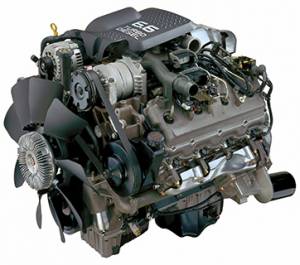
The first Duramax V8 was introduced in 2001 and was given the code name LB7. The introduction of common rail injection powered by the Bosch CP3 injection pump made the LB7 Duramax stand apart from other diesels of the day with excellent power and efficiency. As the first batch of trucks started reaching the 100,000 mile mark, it became apparent there were some issues with the new engine, and one of the first symptoms exhibited would be a rough idle from the LB7, excessive smoke from the exhaust, long cranking times, and even fuel diluting the oil in the crank case.
We know today LB7 injector failure is a common problem, and because the operating tolerances inside the fuel system are so tight, proper lubrication from the diesel fuel is critical. If there is even the slightest bit of air in the fuel or worse yet contaminants like dirt or rust, you can bet the internal parts of the injectors will wear prematurely and you'll be doing an LB7 injector change. If you suspect yours are on the way out, the best way to identify which one(s) are at fault, you need to hook up a scanner and read the balance rates. The trucks computer keeps track of how much fuel needs to be added or subtracted from each individual cylinder to make the engine run smoothly, and this value is called the balance rate. If one cylinder is contributing too much or not as much as the rest, the cause is usually a bad injector and the cure is a replacement.
Duramax Engine LLY 2004.5 to 2005
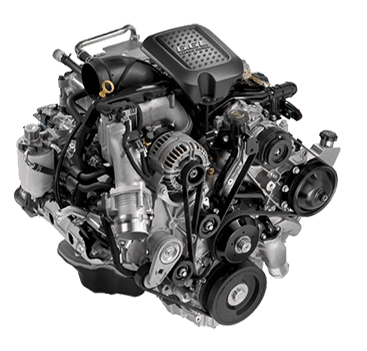
In terms of LLY injector problems, GM had sorted out the internal failures with the 2004 ½ redesign, but the LLY Duramax would occasionally exhibit a trouble code for the injectors, but in most cases it turned out to be an issue with the injector harness rubbing through and causing a short or open in the wiring. One of the biggest complaints on the LLY is it has a tendency to overheat, especially when the truck is being worked hard with a heavier trailer or on a hot summer day.
While it may not be the first place you think to look, the stock air intake system can actually contribute to a hotter running LLY Duramax. Many people add a cold air intake with hopes of increasing horsepower and efficiency, but on the LLY you need to take it one step further and add a less restrictive turbo mouthpiece, a part which doesn't come with most cold air intake kits. When the engine is working hard, the turbocharger is drawing in a ton of air, and the restrictive stock turbo inlet tube can effectively choke the VGT turbocharger causing the compressor outlet temperature to skyrocket, heating up the intercooler, and ultimately raising the temperature of combustion and the coolant temp. However, if you install a stock LBZ or aftermarket turbo inlet, you can let the engine breath freely which will lower air temps and keep the coolant temps under control.
Duramax Engine LBZ 2006 to 2007
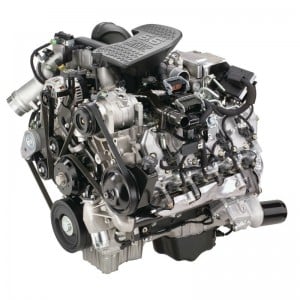
The LBZ Duramax is often regarded as the greatest Duramax of all time for a few reasons. It was the first to come bolted to the six-speed Allison transmission which provides a lower cruising RPM and greater fuel efficiency when compared to the five-speed on the LB7 and LLY. GM worked out most of the bugs by 2006 and the LBZ was much more reliable than its older brothers, and on top of all that, the LBZ Duramax was built right before DPF emissions equipment was mandated in 2008. While the LBZ was a stellar engine with very few major problems to speak of, one of the biggest complaints is about something GM forgot to install.
People often ask what is the best lift pump for an LBZ, and truthfully ANY lift pump is better than none at all. The CP3 injection pump sits in the valley of the engine between the cylinder heads and is driven by the camshaft gear, and it has two main jobs: get fuel from the tank up to the engine, and pressurize the fuel to 26,000psi and ultimately inject it into the engine. Because the CP3 is doing two jobs at once, it sometimes has a hard time keeping up, but you can help it out with a lift pump. By installing a lift pump with extra filtration from FASS or Airdog you will extend the life of the injection pump and injectors by allowing only the purest fuel into the system, and by feeding a steady supply of low-pressure fuel into the injection pump, it can better focus on its main task of generating high-pressure fuel.
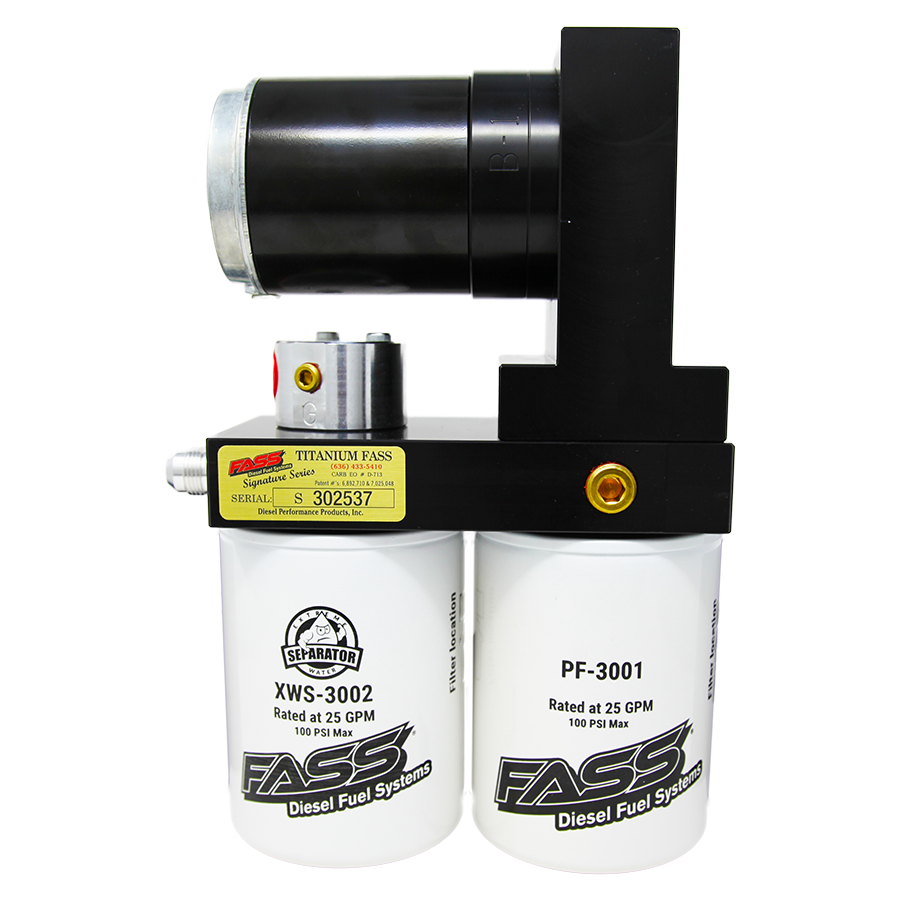
Duramax Engine LMM 2008 to 2010
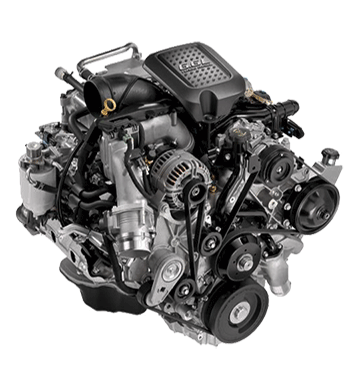
When GM changed body styles with the 2008 Duramax, the redesign coincided with some new regulations from the EPA regarding emissions equipment on light duty trucks. Mechanically, the LMM Duramax is almost identical to the LBZ, and if you do a quick search of the web for LMM Duramax problems, you'll find much like the earlier LBZ it had very few problems related to the engine itself.
One problem can rear its head when you are pushing the power of the LMM to a level GM never imagined, and that's with the pistons. Simply put, they can crack under pressure. There are a lot of factors which dictate the power level where a piston bites the dust, but it's usually north of 600 horsepower. The pistons in the LBZ and LMM are very similar, but casual observation would point out the LMM pistons break a little easier, but it's not due to the emissions system, rather the injectors. The LBZ injector nozzle has seven holes for fuel to spray out of, but the LMM has six which means there are two opposed streams of fuel directly above the wrist pin area of the piston, which causes hot spots directly on top of the weakest area which can lead to cracking. They say an ounce of prevention is worth a pound of cure, and if you want to avoid a costly and time consuming rebuild, it's advisable to keep your driving habits and tune level at a slightly more conservative setting than "Full Send".
Duramax Engine LML 2011 to 2016
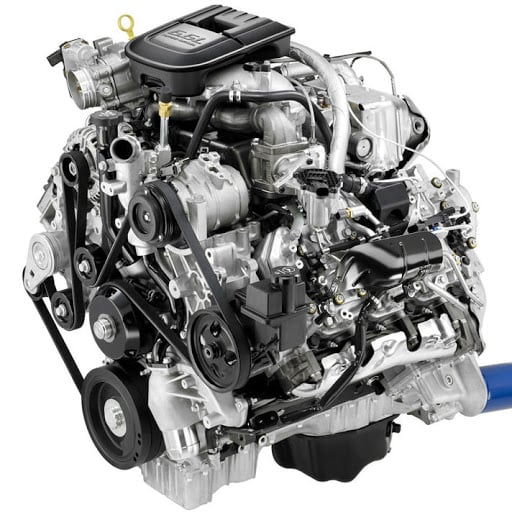
In an effort to keep up with the ever-tightening emission regulations, GM redesigned its Duramax for the 2011 model year, and this time the code name was LML. Power was at an all-time high coming in at 397hp and 765 pounds of torque, and in order to provide this much power while still keeping pollutants low, GM needed to be able to increase the pressure in the fuel system to levels above what the tried-and-true CP3 could safely deliver.
On paper, higher fuel pressure sounds good, but you can't talk about common LML problems without mentioning the ticking time bomb of an injection pump. A class action lawsuit was even filed against GM for its use of the CP4, alleging the injection pump was designed around European fuels which have more lubricating properties than the ultra-low sulfur fuel which we're accustom to stateside. As a result (allegedly), the lack of lubrication in the fuel can cause a premature failure of the injection pump, to a point where it won't allow the LML Duramax to run. You can be driving down the road and everything seems normal, and when the pump fails, the truck just shuts off. At first you might think you can just swap out the pump for another and hit the road, but sadly this is not the case. Because of the nature of the CP4 failure, large amounts of metal shavings are produced inside the pump, and they get sent straight into the rest of the fuel system which contaminates pretty much everything. In order to properly repair an LML after a CP4 failure, you'll need a kit which comes with a new injection pump, high and low pressure fuel lines (all the way to the tank and back) a fuel filter, a set of eight injectors, a pair of new fuel rails with bypass valves and you'll even have to drop the tank to clean out any debris.
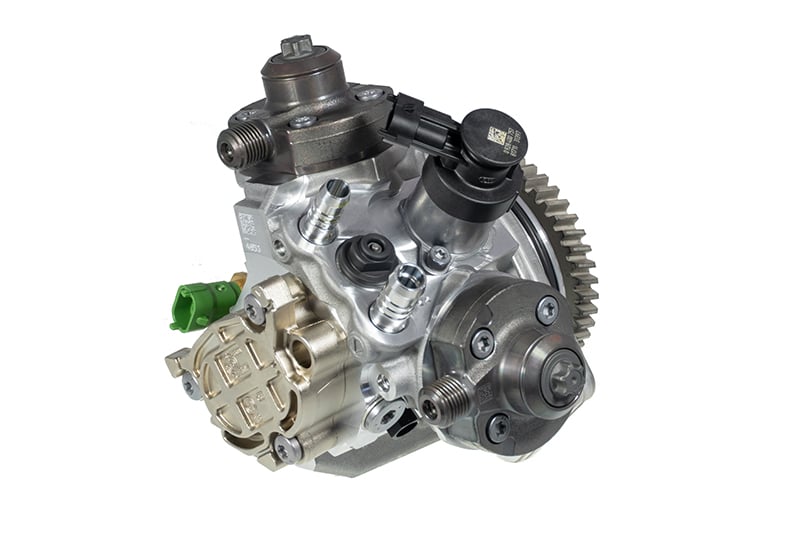
Luckily there are a few preventative measures you can take to ensure you don't have to drop the $7,500+ to get your LML back on the road after a CP4 failure. Just like an LB7, you can install a lift pump with better filtration which helps to clean air and debris out of your fuel which will minimize wear and extend pump life. Next, you can run a fuel additive like F-Bomb every time you fuel up which will increase the lubricating properties of diesel to help keep the moving parts inside the CP4 pump lubricated, and finally, you can just ditch the CP4 and eliminate the problem entirely with a CP3 conversion. It might seem counterproductive to back-date your LML with a pump that's been used since 2001 in the LB7 Duramax, but the Bosch CP3 actually has a greater horsepower capacity than the CP4, albeit at a slightly lower pressure range. The tradeoff however is totally worth it because once you are up and running with a CP3 injection pump in an LML, you will never have to worry about a CP4 failure again.
Duramax Engine L5P 2017 to Present
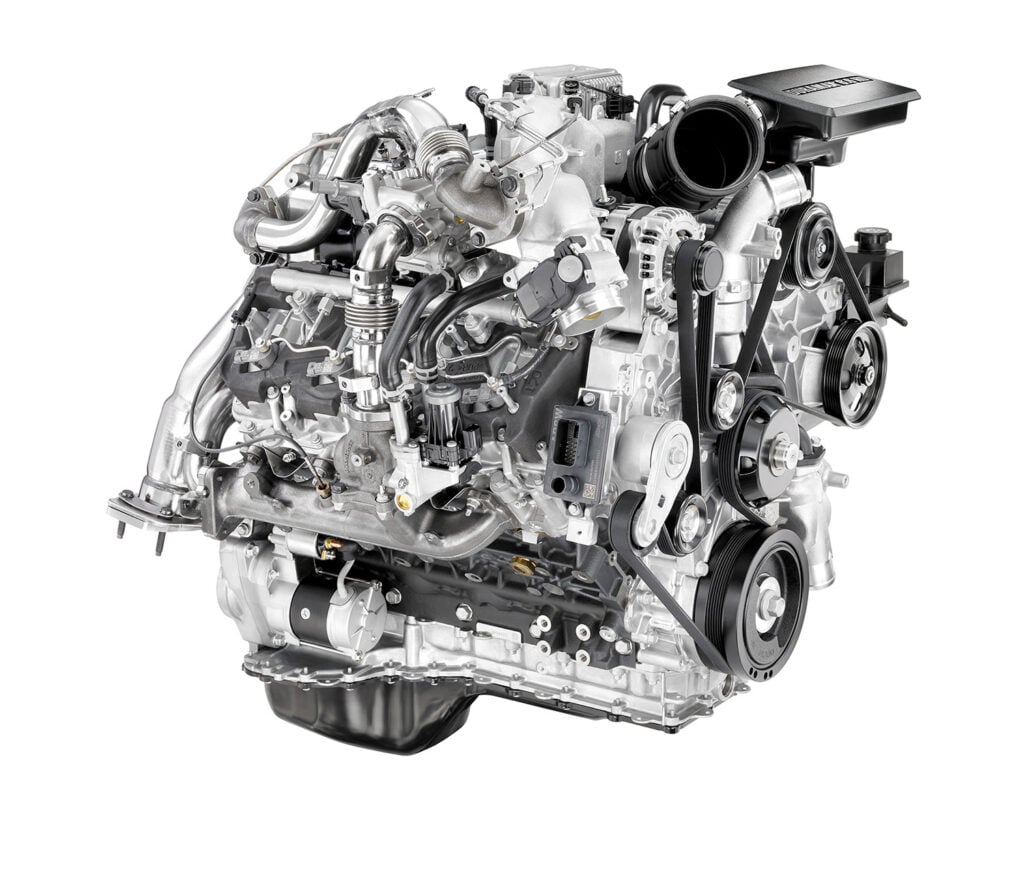
Just like the LBZ was the best pre-emissions 6.6 Duramax engine, the L5P is the best post-emissions Duramax. All the problems associated with emissions system and injection pump have been taken care of, and for 2017 GM switched suppliers of the injection pump from Bosch to Denso. Mechanically, the L5P Duramax is stout and very few major problems have been reported. One common problem is with the MAP sensor however, as it tends to clog with soot and throw a check engine light, but a simple MAP sensor spacer and a can of electrical cleaner can get you back on the road worry free and prevent the soot from building up again.
Transmission Problems
Nearly all Duramax powered pickup trucks were equipped with the Allison 1000 automatic transmission, with the five-speed version running from 2001 to 2005, and the six-speed starting in 2006 and running until 2019. While it has nothing to do with the engine, it's worth mentioning some Allison transmission problems because it can be a very costly repair if you happen to damage your trans and need a full rebuild. At a stock power level, the stock Allison usually does an OK job at transferring the torque from the flywheel to the rear differential, but even a bone stock LB7 can put a hurting on the Allison, so you can only imagine what happens when you turn up the wick or hook up an oversized as many truck owners often do.
The five speed Allison is by far the weakest of the bunch, and if you are pushing over 400 horsepower, you'll probably experience reduced engine power, or limp mode which engages when the TCM detects slippage. The six-speeds have a lot of mechanical similarities with the five-speed, but the few slight tweaks allow the trans to hold a bit more torque. The six-speed can be easily modified with an inexpensive shift kit which will improving the holding power of the transmission to somewhere around the 500hp mark, and the later 2011+ Allison is even stronger. Regardless of which version of the Duramax or Allison you are driving, if you have a heavy right foot and a bunch of modifications, chances are you'll need to invest in an upgraded Allison so you can put your foot down with no fear. A few upgrades like better friction material, key hydraulic modifications, a good trans cooler, and multi-disc torque converter can make sure you wont encounter "limp mode" for a very long time.
Want to find out more details of known issues and fixes? Check out other resources here:
- What Breaks When: 2001-2004 Duramax LB7
- What Breaks When: 2011-2016 Duramax LML
- Chevy HD Steering Related Issues
tenchnotiontery45.blogspot.com
Source: https://www.dieselpowerproducts.com/blog/common-duramax-diesel-problems-troubleshooting-and-solutions/